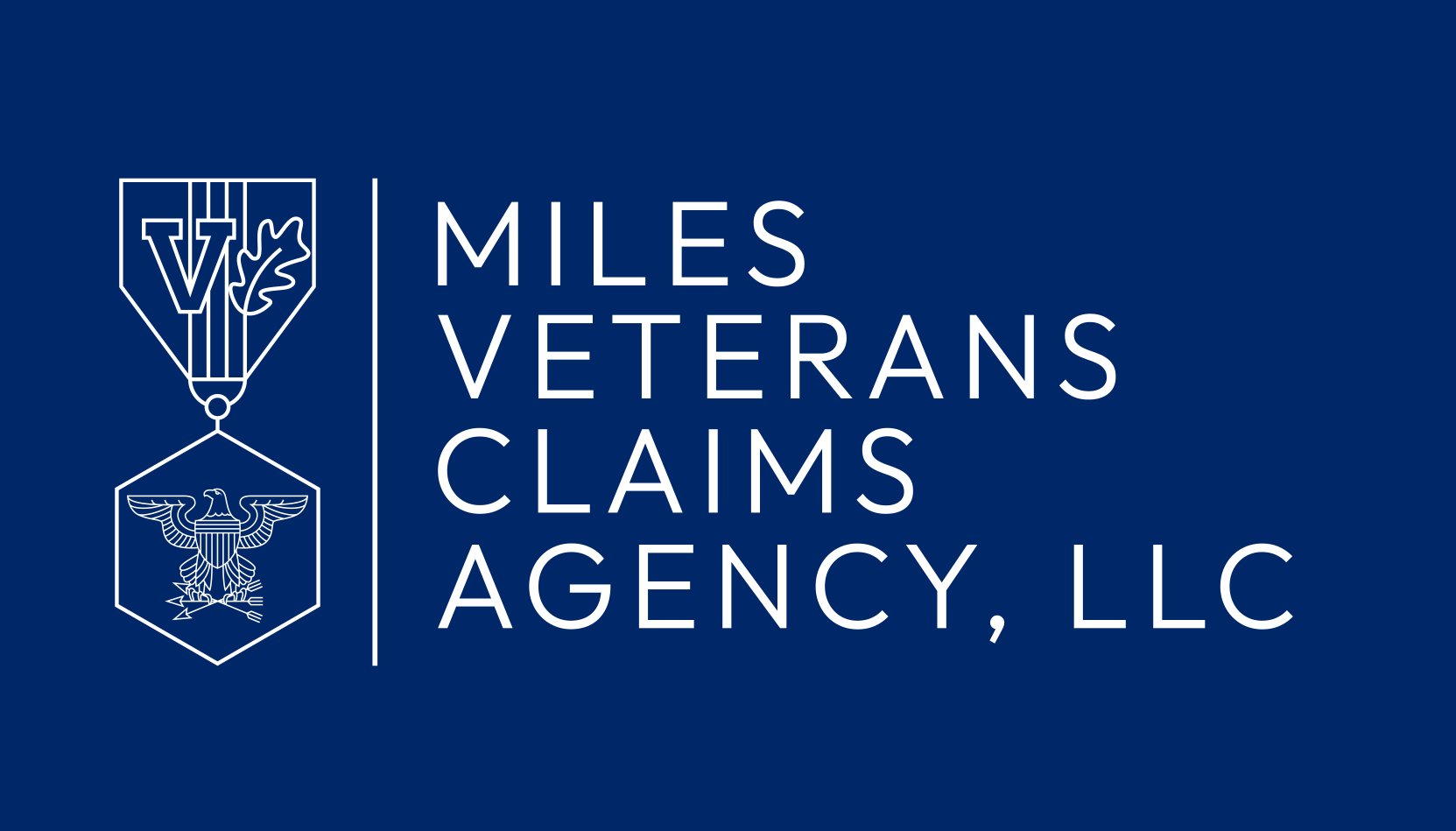Post-traumatic stress disorder (PTSD) is a mental health condition that can develop after experiencing or witnessing a traumatic event, especially in combat. Many veterans suffer from PTSD due to the intense and often life-threatening experiences they faced while serving. The U.S. Department of Veterans Affairs (VA) recognizes this and provides disability compensation for veterans whose PTSD is linked to their military service. This blog post breaks down the process to help veterans understand what’s required and how to navigate it.
What Is PTSD?
PTSD is a mental health condition that can result from exposure to trauma. In veterans, this can include:
- Combat exposure
- Military sexual trauma (MST)
- Serious accidents or injury
- Witnessing death or extreme violence
Symptoms may include flashbacks, nightmares, severe anxiety, anger, emotional numbness, or difficulty sleeping. PTSD can impact work, relationships, and overall quality of life.
How to Qualify for VA Disability for PTSD
To receive VA disability compensation for PTSD, you must prove three things:
- A current PTSD diagnosis from a qualified medical professional (usually through a VA or private psychiatrist or psychologist).
- An in-service stressor—this is the traumatic event you experienced while on active duty.
- A link between the PTSD and the stressor—this connection must be confirmed by a medical opinion.
This evidence shows that your condition is “service-connected,” meaning the trauma occurred because of your military service.
Types of Stressors
The VA separates stressors into a few different types:
- Combat-related: Often easier to prove if your service records (such as your DD-214) show combat awards or deployment to a combat zone.
- Non-combat-related: Might include training accidents, witnessing death, or being in a dangerous environment.
- Military sexual trauma (MST): These claims can be harder to document, so the VA accepts evidence like mental health treatment, rape crisis center reports, or even lay statements from friends or family.
- Fear of hostile military or terrorist activity: For veterans who served in areas of conflict but may not have directly engaged in combat.
The PTSD C&P Exam
Once your claim is filed, the VA will usually schedule you for a Compensation & Pension (C&P) exam with a VA psychologist. This exam is crucial. The doctor will ask about your symptoms, your history, and how PTSD affects your life. It’s important to be honest and detailed, even if it’s uncomfortable. What you say during this exam heavily influences how the VA rates your disability.
VA Ratings for PTSD
The VA assigns a disability rating based on how much the PTSD symptoms interfere with your ability to function in daily life. PTSD can be rated at:
- 0% (diagnosed but no symptoms)
- 10% or 30% (mild symptoms)
- 50% (moderate symptoms affecting work and relationships)
- 70% (severe symptoms with serious social and work issues)
- 100% (total occupational and social impairment)
Tips for Filing a Strong PTSD Claim
- Write a personal statement (also called a “lay statement”) describing your stressor and how PTSD affects your life.
- Gather supporting evidence like service records, buddy statements, and treatment notes.
- Get treatment from a VA or private provider. Ongoing mental health treatment shows the VA that your condition is real and serious.
- Don’t give up if denied—many PTSD claims are denied the first time. You can appeal or file a supplemental claim with more evidence.
Conclusion
Filing a VA claim for PTSD can feel overwhelming, but you’re not alone. Thousands of veterans have successfully received benefits for PTSD, and there are resources to help. If your claim for PTSD was denied, contact us for a free case evaluation.

